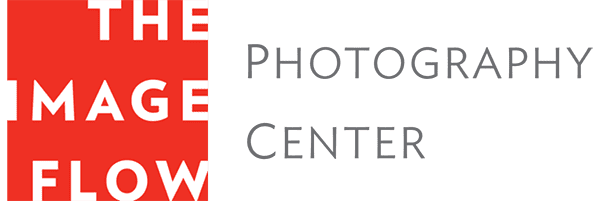Your Camera
a DSLR or mirrorless camera with full manual settings is ideal.
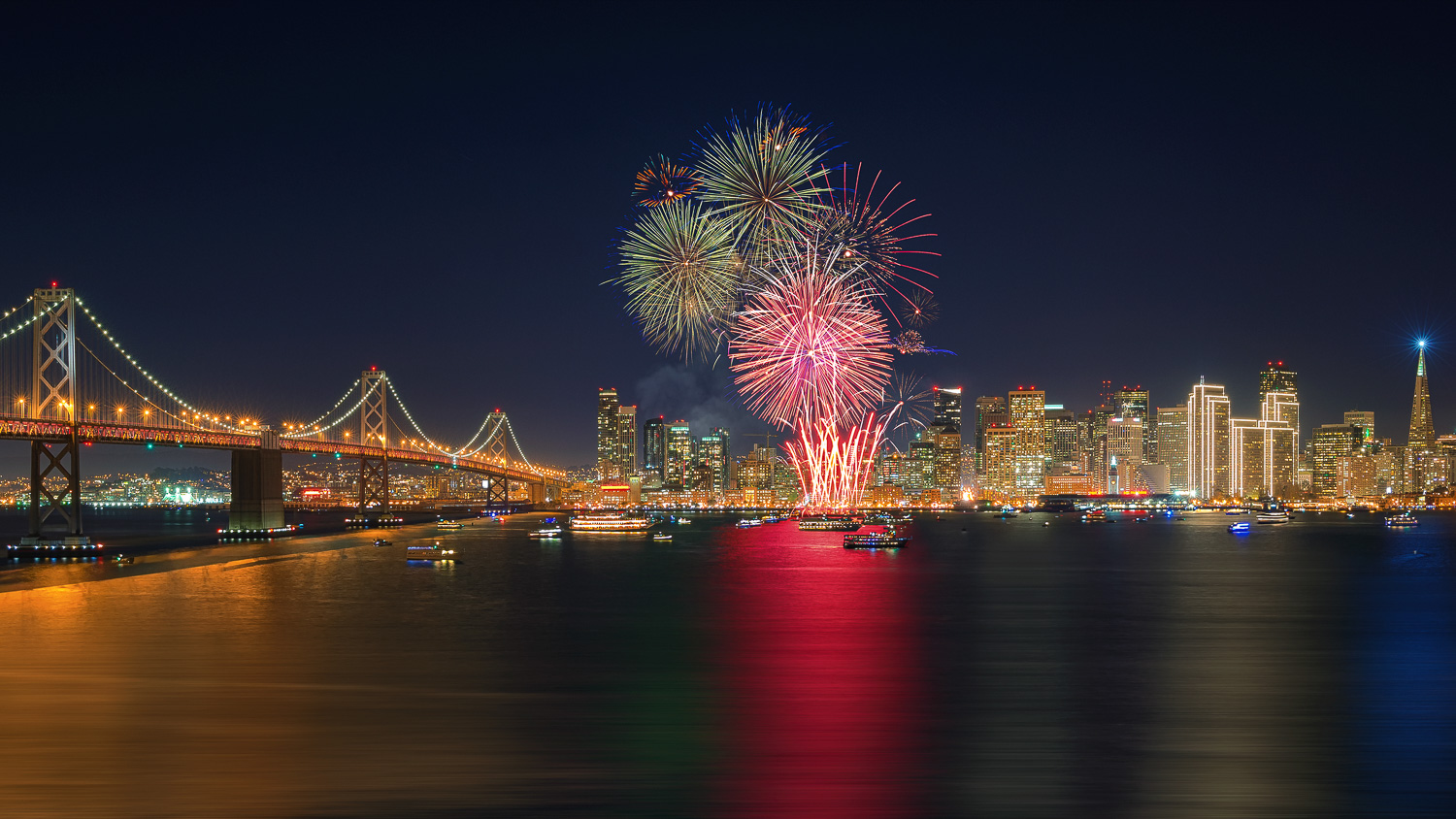
Quick Tips for Firework Photography
Looking for short and sweet fireworks photography tips? Check out our easy breakdown below.
Read on for our complete guide to firework photography.
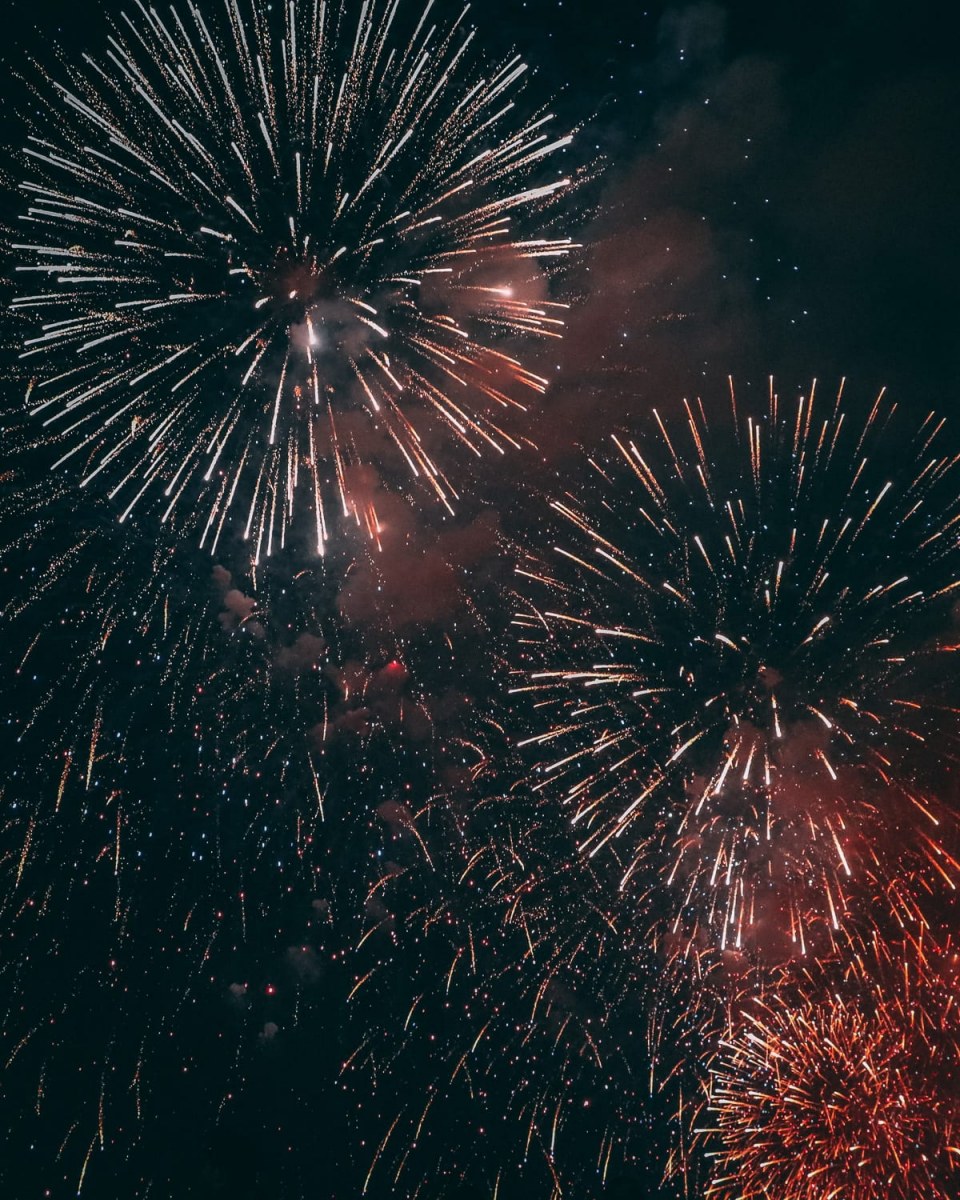
The best advice we can give you on how to photograph fireworks is to make sure to plan ahead and do the prep work before heading out.

Make sure to choose a spot a bit further back and—if possible—upwind from where the fireworks will be set off. Fireworks can get a bit smokey and choosing the right vantage point can improve the quality of your shot.


This is the gear you’ll need when learning how to photograph fireworks.
a DSLR or mirrorless camera with full manual settings is ideal.
Zoom lenses will give you the most flexibility. A wide-angle lens is ideal if you’re pretty close to the action, but if you’re farther away a telephoto lens will make the fireworks feel much closer. Chose a 24-70mm if you’re close, or a 70-200mm if you’re further away. An 18-200mm zoom would work for either situation.







When you’re learning how to photograph fireworks, your camera settings make all the difference.




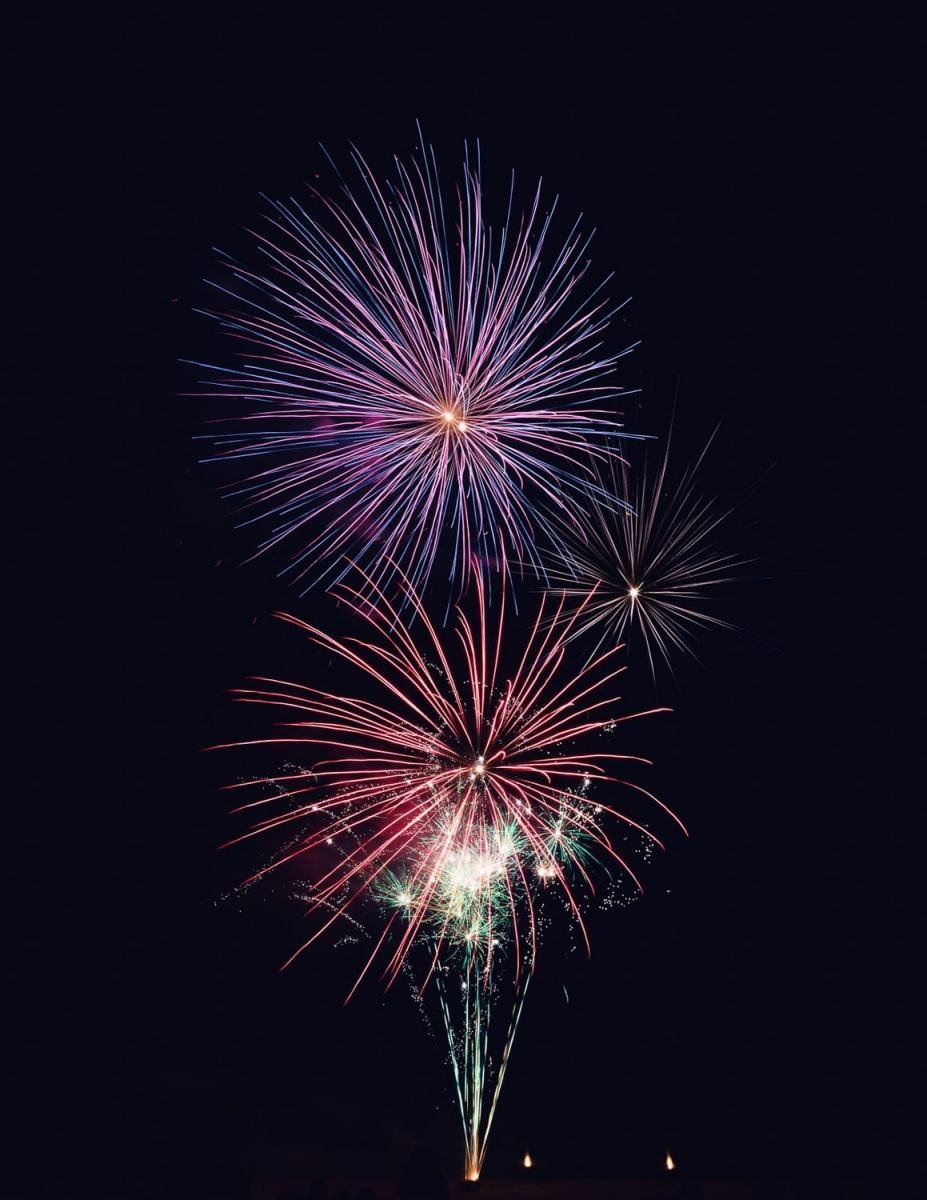
Firework photos are low-light photos, but the shutter speed isn’t usually long enough to incur a build-up of noise. Additionally, keeping it on will double your exposure time, which is unnecessary.
Shooting with a flash will only trick your camera into thinking it needs a short exposure time or brightening and enhancing smoke which would distract from the actual firework display. Keep your flash off.
Setting your White Balance to Daylight will give you consistent color across your entire set of images. Since you’re shooting in RAW, you can always tweak it later in post-processing and apply it to the entire set.
Keep your ISO as low as possible for the cleanest noise-free shots every time.


Set your camera to Bulb (B) which allows you to keep the shutter open as long as you want. Expose for the entire firework burst or keep the shutter open for multiple bursts.
For best results click the shutter just as the firework is launching and hold it down until the burst has faded, typically a few seconds.


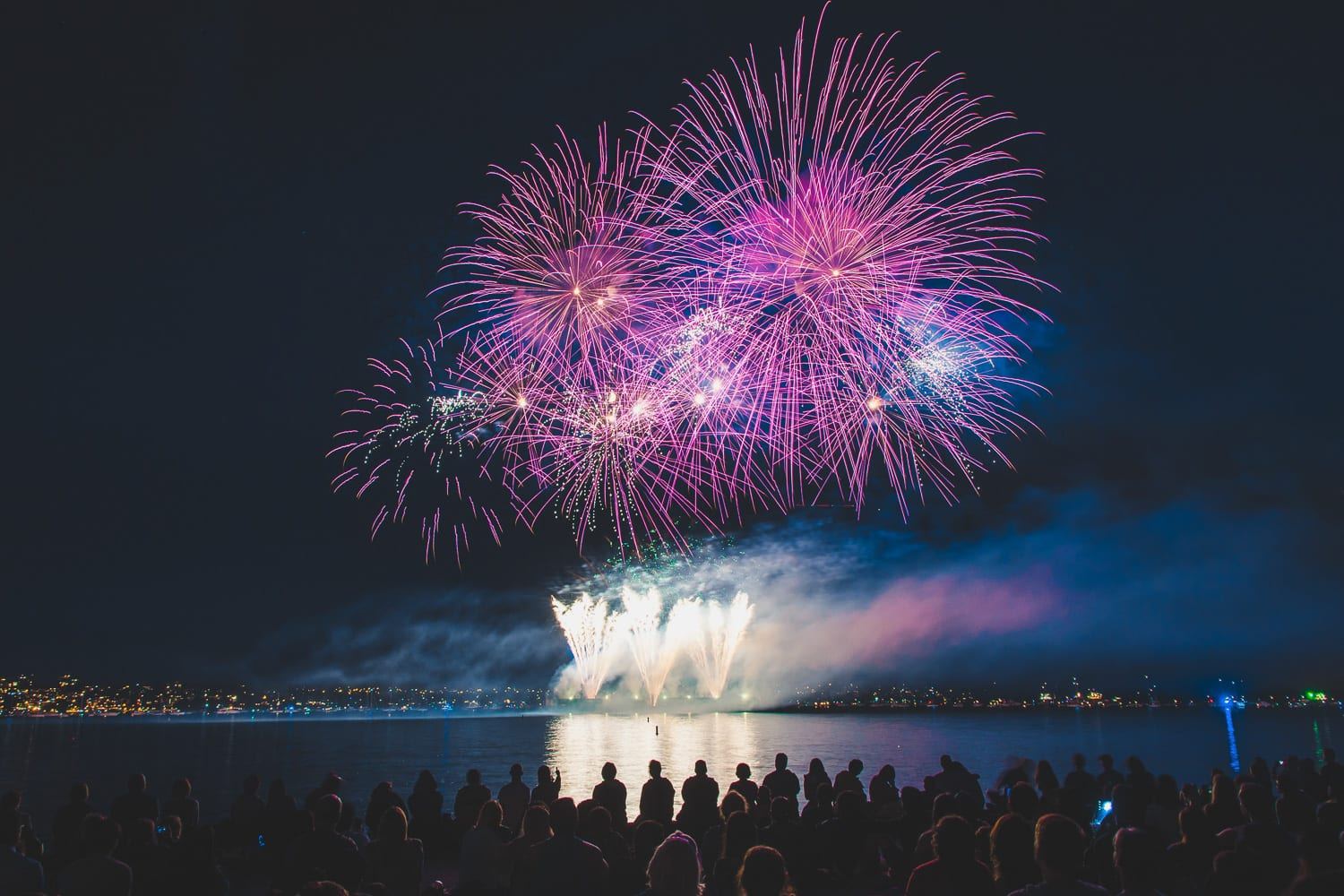
 Lorem ipsum dolor sit amet, consectetur adipiscing elit. Ut elit tellus, luctus nec ullamcorper mattis, pulvinar dapibus leo.
Lorem ipsum dolor sit amet, consectetur adipiscing elit. Ut elit tellus, luctus nec ullamcorper mattis, pulvinar dapibus leo.



